

MedTech organizations need to focus on the human factor of change and achieve top-down alignment, buy-in, accountability, and clear communication along the way.

MedTech organizations need to focus on the human factor of change and achieve top-down alignment, buy-in, accountability, and clear communication along the way.
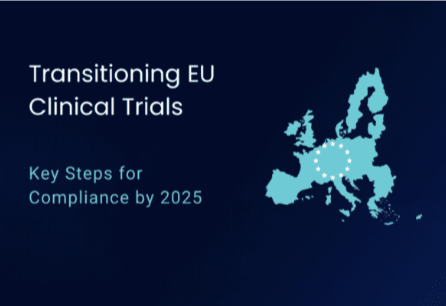
To streamline processes, enhance transparency, and improve the overall efficiency of conducting clinical trials in the EU/EEA, the 3-year transition period from the CTD to the CTR requirements was established. With the end of the transition period approaching, all ongoing clinical trials that were approved under the CTD will have to be fully be transitioned to comply with the CTR. Failure to comply by 2025 will bring serious consequences.
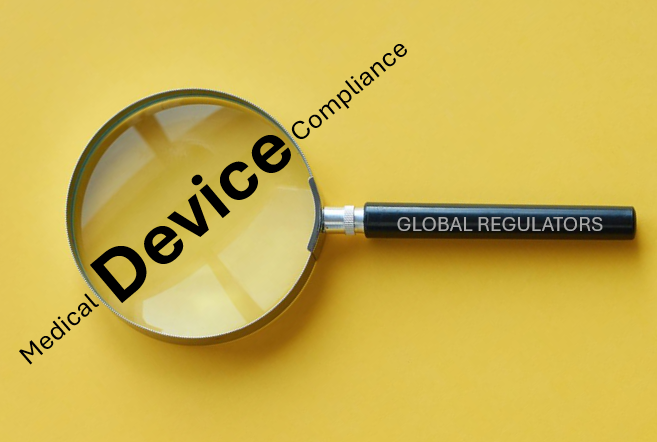
In the light of new research, Peter Muller and Mike Baird of Schlafender Hase assess how well Class 2 and 3 device manufacturers in Europe and the US are adapting to a rise in regulatory controls.
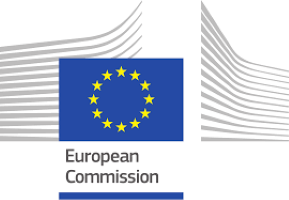
Q2/24 Life Science and Health Care Law Updates by Hogan Lovells including key trends in the EU and Big Five (France, Germany, Italy, Spain, UK) regulatory, corporate, compliance, competition, and privacy.

As medical technology products and services move through the development pipeline, they face the challenge of both showing safety and efficacy for regulatory approval and articulating the value of the diagnostic, treatment or monitoring technology to obtain reimbursement from payers. A 2024 MedExec Women Conference panel highlighted strategies to bridge the evidence needs for regulatory approval and reimbursement to more efficiently bring products to market.

Law firm, Hogan Lovells, analyses the implications of the AI Act for the Medtech sector and highlight a number of key challenges for medical device manufacturers and their partners in aligning conformity routes for their products under the AI Act.
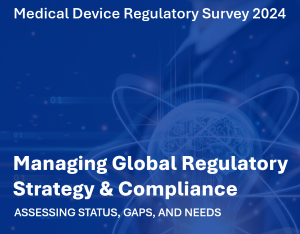
Nearly 2/3 of device makers say their regulatory intelligence may be insufficient and they lack the resources to complete all product compliance needs this year. See the executive summary of this MedTech Intelligence audience research.

Regulatory excellence is now considered a pathway to innovation and sustained business growth, making it a fundamental component of success in the medical devices industry. MedTech manufacturers are fostering a culture of regulatory excellence to enhance compliance with regulatory requirements and ensure product safety, efficacy, and quality in the global marketplace.

Automation and digitization of quality processes can improve efficiency, reduce costs, and enhance product quality in manufacturing, allowing for more informed decisions that will contribute to long-term success.
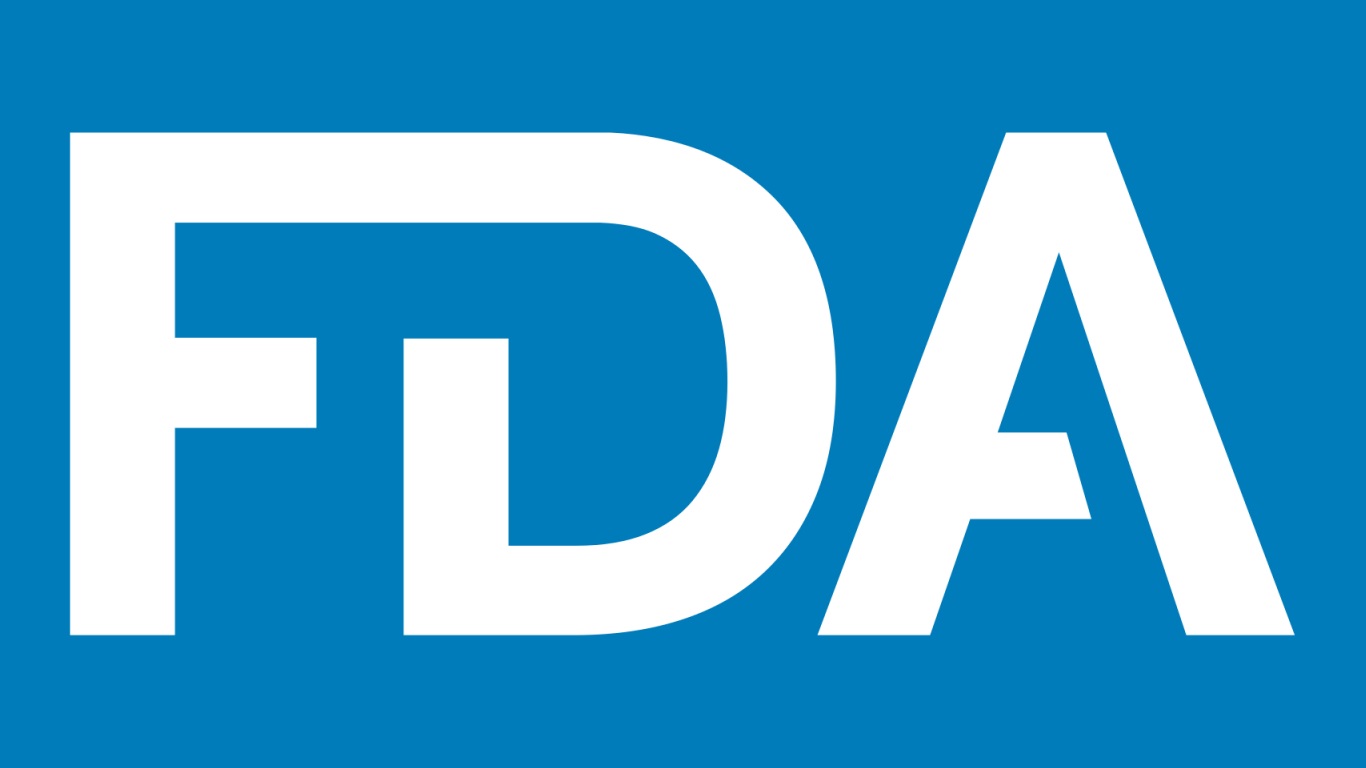
The FDA is hosting it next town hall on medical device sterilization on April 29. The session will include discussion on topics and formats for future sessions in the series.